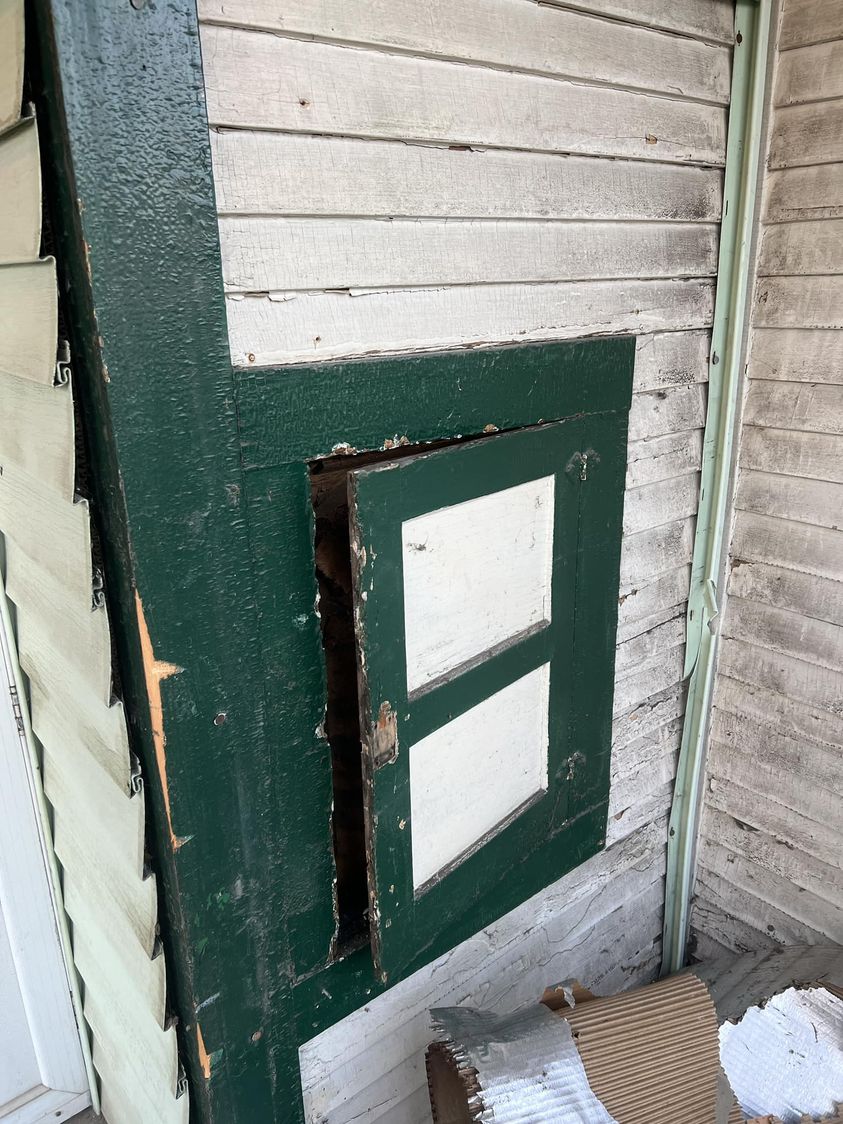
Before the widespread availability of electric refrigerators, keeping food cold and fresh was a major difficulty. This necessity prompted the ingenious solution of ice delivery, a service that became important to households from the late nineteenth century to the early twentieth century. This service relied heavily on the usage of ice delivery doors, which were cleverly integrated into residential construction to allow for the direct and convenient delivery of ice blocks.

Ice delivery doors were often small, insulated doors on a home’s façade that led directly into the kitchen or a designated icebox area. These doors allowed ice delivery workers, sometimes known as icemen, to place blocks of ice straight in the home’s icebox without entering the house. This method not only kept the ice from melting too quickly, but it also ensured the privacy and security of the household.
The ice was gathered from lakes and ponds in the winter and stored in enormous ice huts insulated with sawdust to stay frozen until the warmer months. The introduction of ice delivery doors transformed food storage, allowing families to keep perishable foods like meat, dairy, and vegetables fresher for extended durations. This service was a forerunner to contemporary refrigeration and played an important role in public health by lowering the danger of foodborne illness.

The design and function of ice delivery doors demonstrate the era’s inventiveness in tackling common difficulties. These doors were deliberately designed to reduce air exchange, with extensive insulation and, in some cases, double-door systems to keep the cold air within.

By the mid-twentieth century, electric freezers had become more affordable and widely available, reducing the demand for ice delivery services and, by implication, ice delivery doors. Today, these doors are uncommon, but when found, they provide an intriguing peek into the past. Some homeowners prefer to keep or maintain them as historical artifacts, while others repurpose them for modern purposes like package delivery.
The history of ice delivery doors recalls a time when communities relied on a network of services that necessitated close, physical contact. These minor architectural details tell a greater tale about technology advancement, changing lifestyles, and the creative ways humans have adapted to suit their requirements throughout history.















